Description
Finger millet or ragi is one of the most popular millets available. Sprouting whole grains makes them more nutritious
because the process helps to break down phytate, a compound in grains that inhibits iron and zinc absorption in the
body. Which means our body can absorb more of these nutrients after sprouting. Also, it helps to unlock more folate,
beta-carotene and vitamins C and E.
Our specialized millet is well sprouted after thorough cleaning in clean water. Dried well in hygienic condition for
your ready use. Just soak it for some time if you wish and powder it in your kitchen mixie for a healthy recipe.
-
100% Natural Sprouted Ragi also known as Nachini /Ragi /Kodra/Taidalu/Kezhvaragu/Sprouted Finger Millet.
-
Sprouted for easier digestion and enhanced nutrient assimilation.
-
No salt, No sugar, no additives, no preservatives.
-
Ragi has 10x calcium of wheat and rice and 3X the calcium of milk, great for growing bones.
-
Easy to digest for babies and kids. Cook for 2 minutes and add jaggery powder and mashed fruit of your choice.
-
Can be used to make porridge, halwa, roti, dosa or idli.
Finger millet also known as Ragi in India is one of the important cereals which occupies the highest area under
cultivation among the small millets. The state of Karnataka is the largest producer of ragi in India. Ragi is a
crop which can withstand severe drought conditions and can be easily grown throughout the year.
Nutritionally, when ragi is used as a whole grain, it is higher in protein and minerals in comparison to all other
cereals and millets. It is a remarkable source of protein, making it perfect for vegetarian diets. Finger millet
contains important amino acids viz., isoleucine, leucine, methionine and phenyl alanine which are not present in
other starchy meals. It has the highest amount of calcium (344 mg %) and potassium (408 mg %). Ragi is a great
source of iron making it beneficial for individuals with low hemoglobin levels.
Millets also contains B vitamins, especially niacin, B6 and folic acid. Some of the health benefits of ragi are
attributed to its polyphenol and dietary fiber contents. Due to its high content of polyphenols and dietary fiber
ragi exhibits anti-diabetic and antioxidant and antimicrobial properties; it protects against tumors and
atherosclerosis (narrowing and hardening of blood vessels). Being low in fat and gluten free, ragi is easy to
digest. It is therefore, given as first foods to babies in the form of ragi porridge.
Ragi for Weight Loss
Ragi contains an amino acid, Tryptophan which reduces appetite. It has a much higher amount of dietary fiber
compared to white rice and other grains. It is also a low-fat cereal and most of the fats are in the unsaturated
form. This makes it the best choice in grains for people trying to lose weight. The bulkiness of the fibers and
the slower digestion rate makes one feel fuller on fewer calories and therefore helps prevent excess caloric
consumption.
Ragi for Bones
Ragi is the richest source of calcium among plant foods. Calcium along with vitamin D helps to strengthen bones.
It is an excellent source of natural calcium for children and aging people. It helps in development of bones in
growing children and in maintenance of bone health in adults. Thus, Ragi helps to keep bone problems at bay and
could reduce risk of fractures too.
Ragi for Diabetics
Regular consumption of finger millet is known to reduce the risk of diabetes mellitus and gastrointestinal tract
disorders and these properties are attributed to its high polyphenol and dietary fiber content. According to
research Finger Millet based diets help diabetics as they contain higher amounts of fiber over other cereals and
millets. Diets based on whole finger millet have a lower glycemic response i.e. lower ability to increase blood
sugar level. This has been attributed to presence of certain factors in ragi flour which lower digestibility and
absorption of starch.
Ragi for lowering high cholesterol levels: Ragi contains amino acids Lecithin and Methionine which help in bringing
down cholesterol levels by eliminating excess fat from Liver. Finger Millet also contains the amino acid threonine
which hinders fat formation in the liver and helps to bring down the cholesterol levels. The high fiber content
of ragi also helps to manage cholesterol problems.
Ragi for Anemia
Ragi is an excellent plant source of natural Iron. Its consumption helps in Anemia. Vitamin C increases iron
absorption. Sprouted ragi develops vitamin C in the process of sprouting, therefore the iron in ragi becomes more
bioavailable when consumed as sprouted ragi flour or ragi malt.
Ragi for Relaxation
One amazing benefit of Ragi is that it helps in relaxing the body naturally. It is found to be beneficial in
conditions of anxiety, depression, migraine and insomnia.
Ragi as a Source of Essential Amino Acids
Ragi is rich in Amino Acids vital for the body. Finger Millet contains amino acids namely Tryptophan, Threonine,
Valine, Isoleucine and Methionoine. Isoleucine helps in muscle repair, blood formation, bone formation and improves
skin health. Valine is an essential amino acid which facilitates metabolism and repair of body tissues. Another
essential amino acid, not found in most cereals, is Methionine. It is found in Ragi and therefore makes it a
complete protein food unlike other cereals and millets. The amino acid Methionine is useful in various body
processes, helps in eliminating fat from the body, and is main provider of sulfur in body. Sulfur is essential for
production of Glutathione which is the body’s natural and most important antioxidant.
Ragi Food Preparations
Finger millet is normally consumed in the form of flour-based foods such as roti (unleavened pancake), mudde
(stiff porridge/dumpling) and ambli (thin porridge). Ragi can be used to make porridge, upma, cakes, and biscuits.
Ragi flour is used to make various Indian preparations like dosas, idlis and ladoos.
‘Puttu’ is a traditional breakfast of Kerala, usually made with rice powder together with coconut and steamed in a
cylindrical steamer. The same preparation is also made with ragi powder, which makes it more nutritious.
Multigrain flour preparation by combining wheat and finger millet in the ratio of 7:3 (wheat: finger millet) is
one of the simplest ways of incorporating ragi in the daily diet as no Indian meal is complete without the Indian
style bread or roti. In the proposed blend, though the gluten content is reduced significantly, the making of
chapatti is not much affected. However, the color turns a little dark. Fortification of finger millet in chapattis
is very helpful in controlling glucose levels in diabetic patients efficiently.

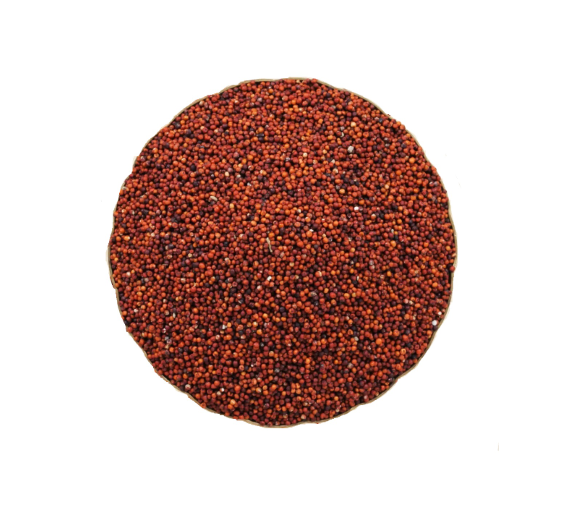
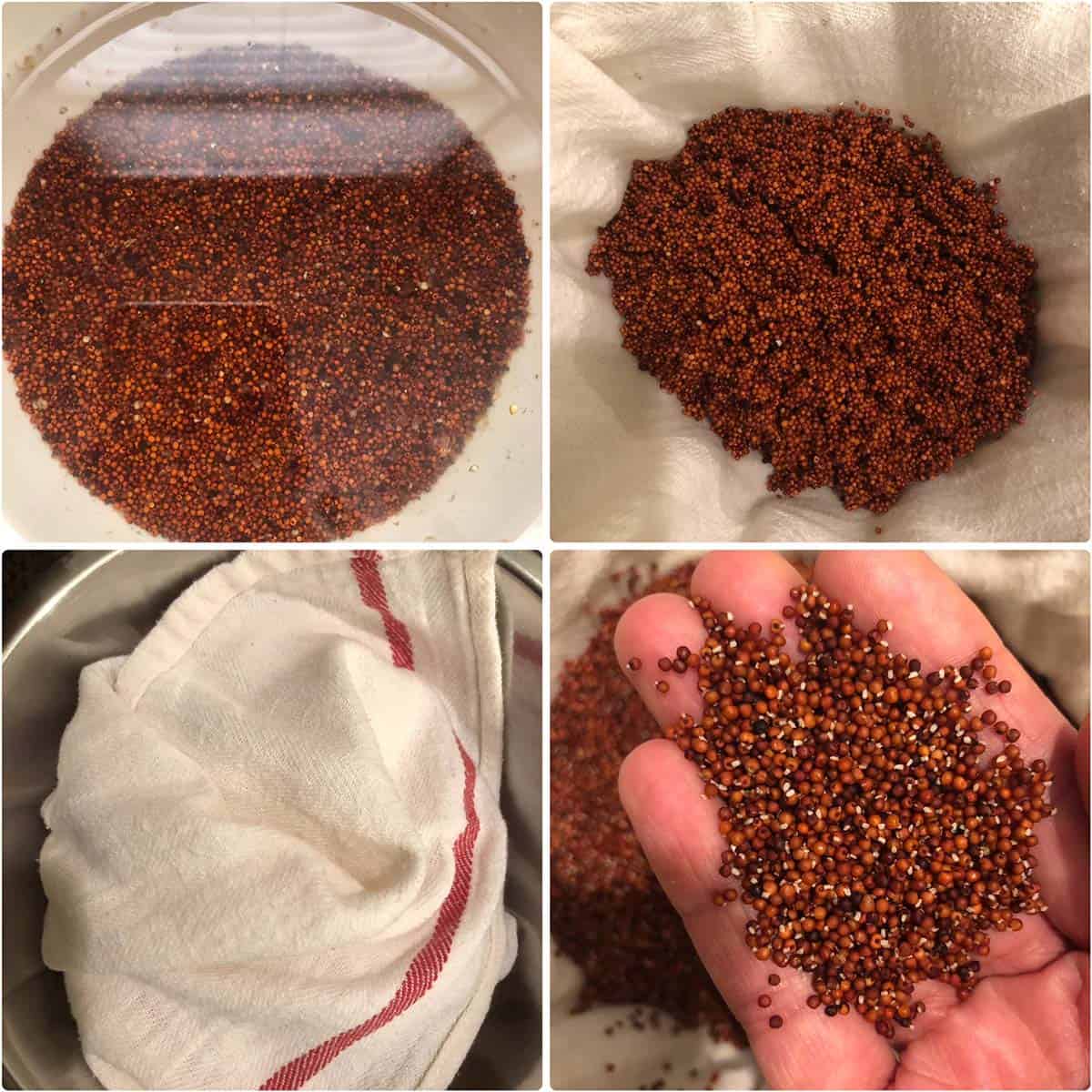
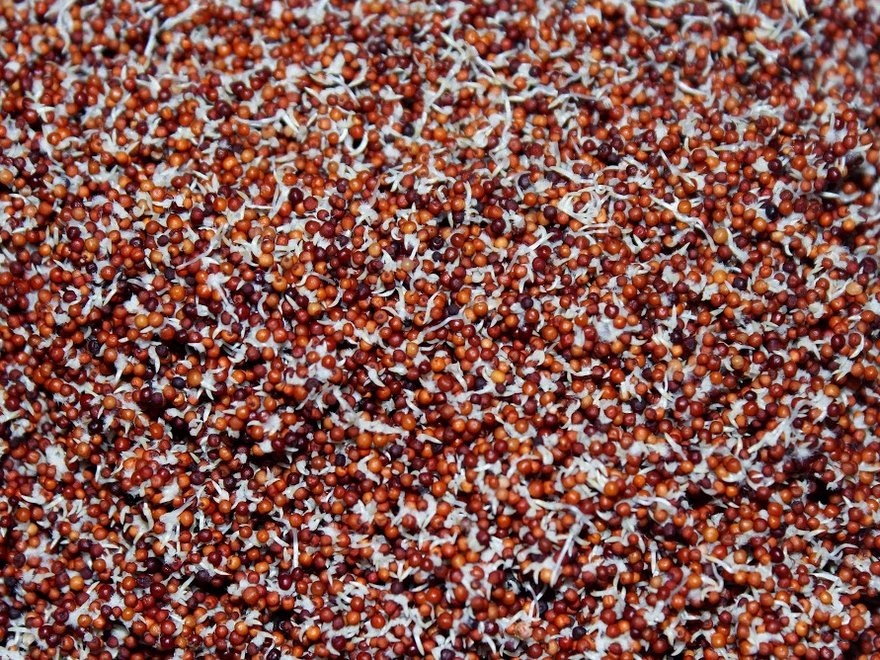

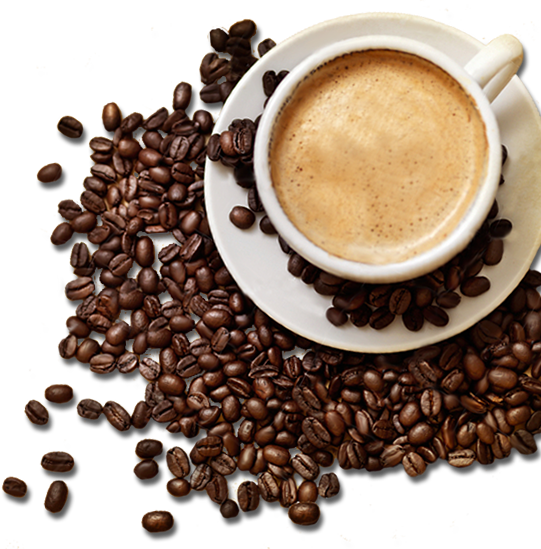
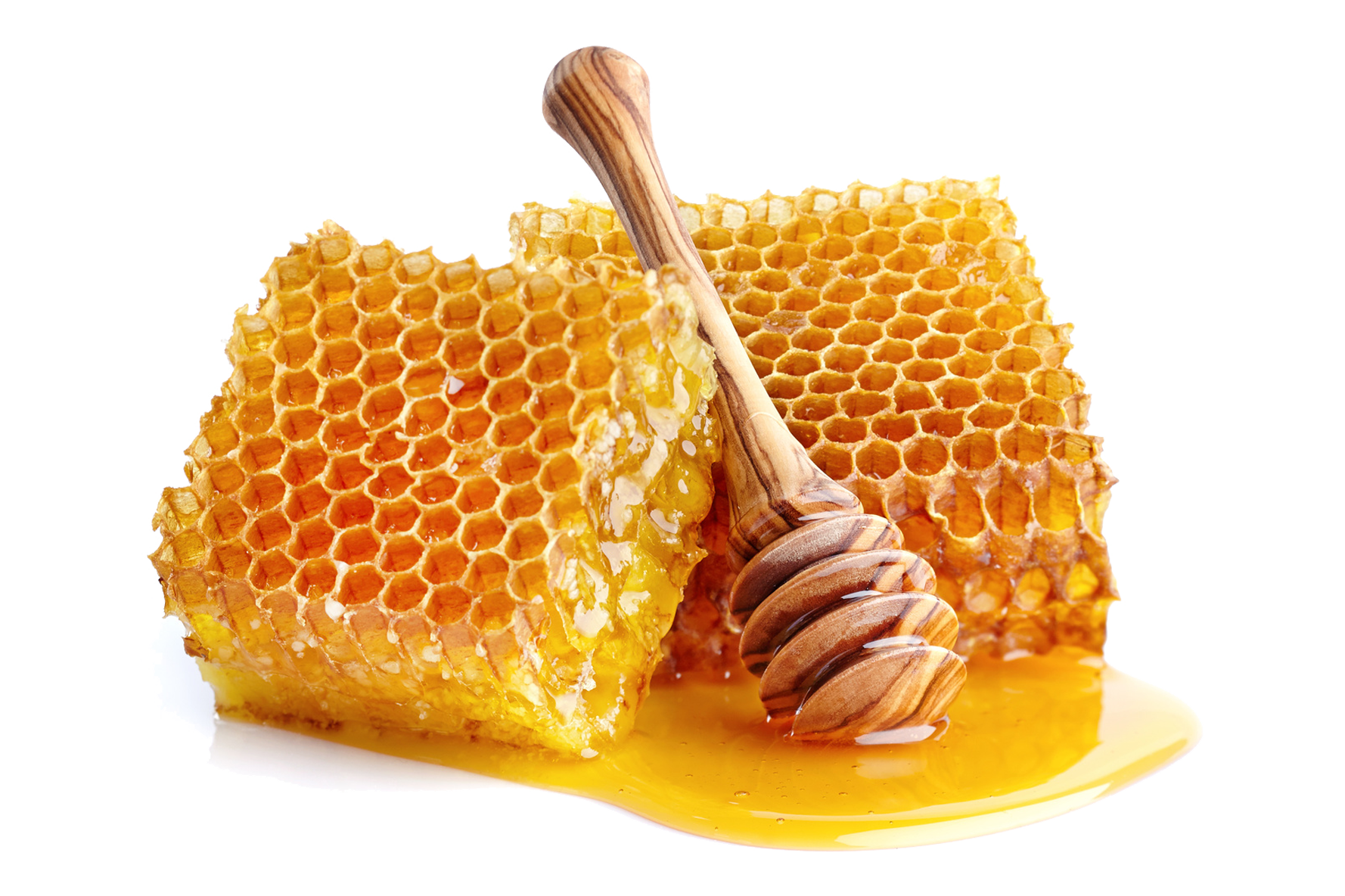
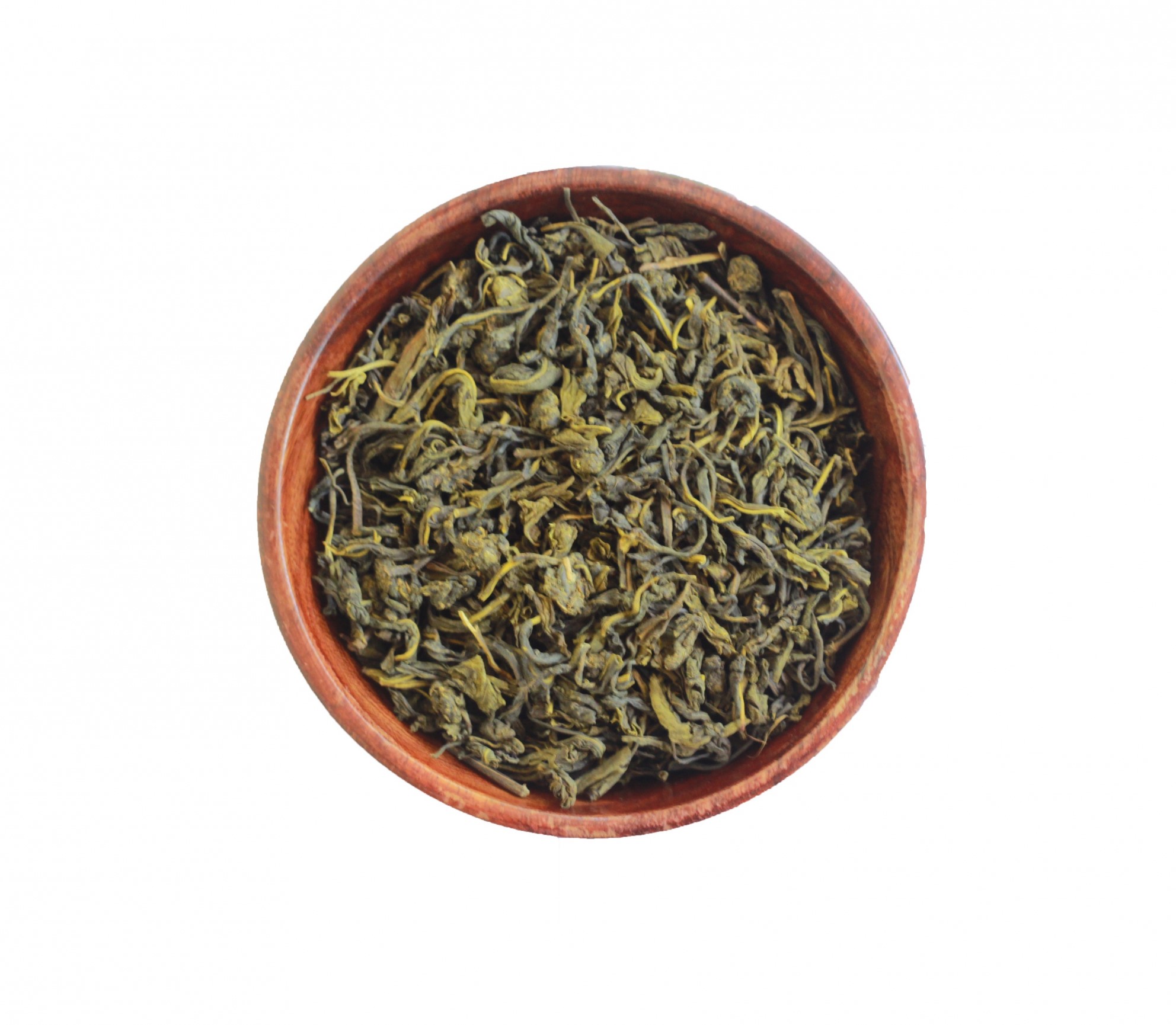
Reviews
There are no reviews yet.